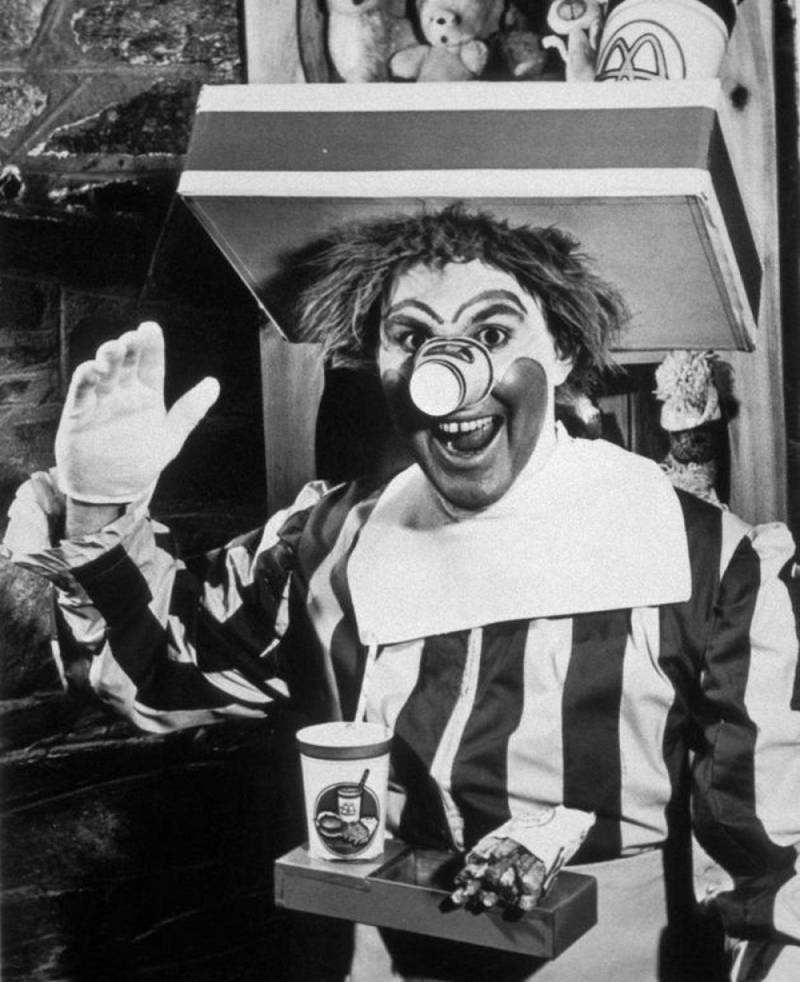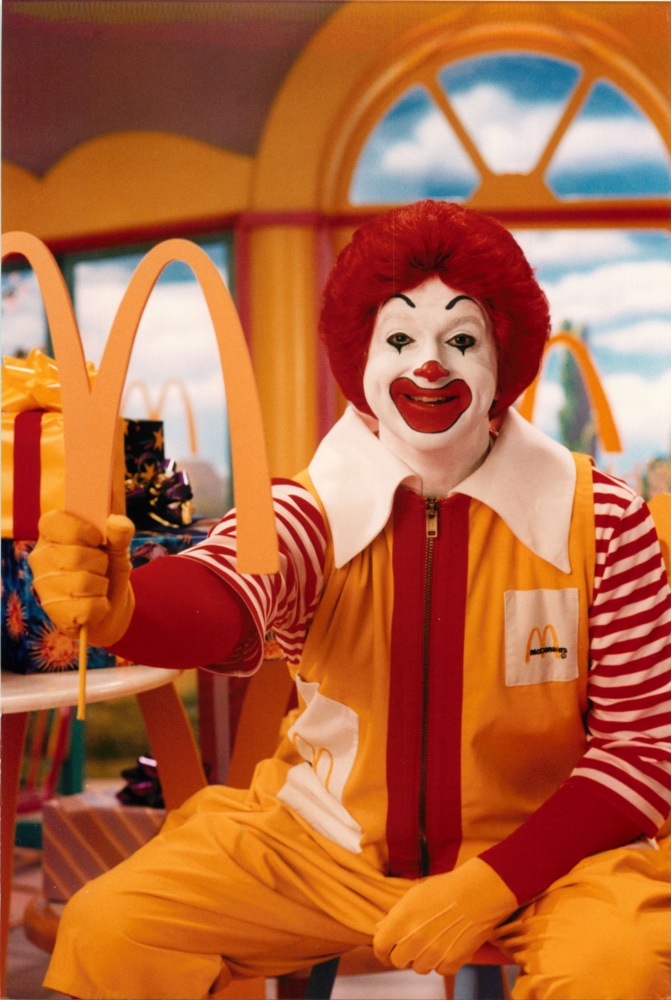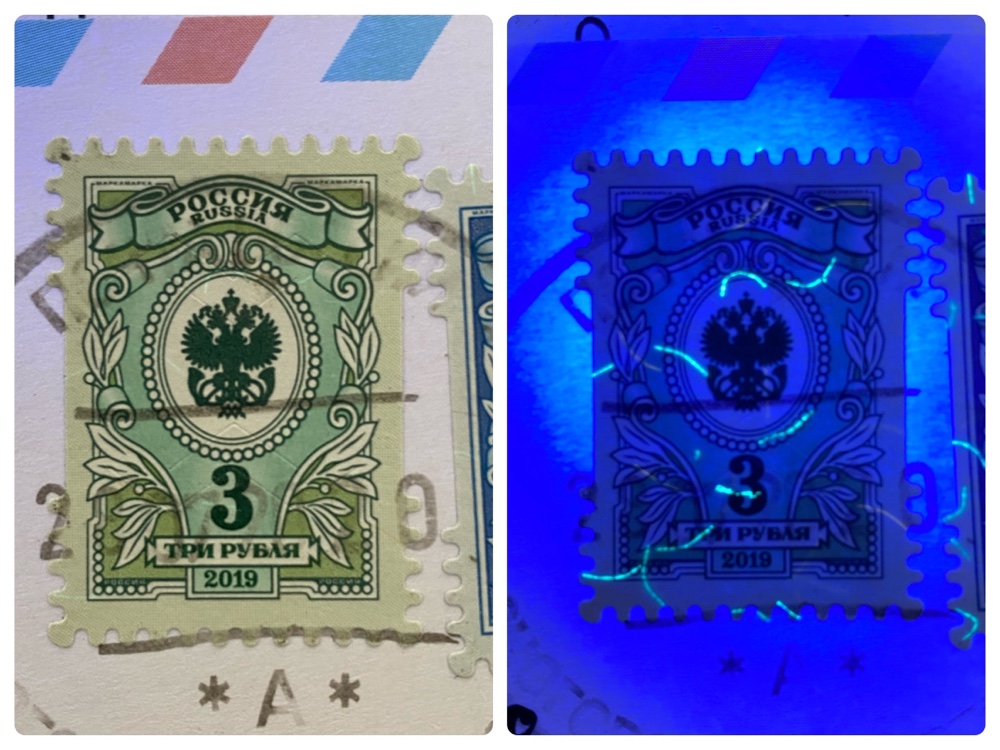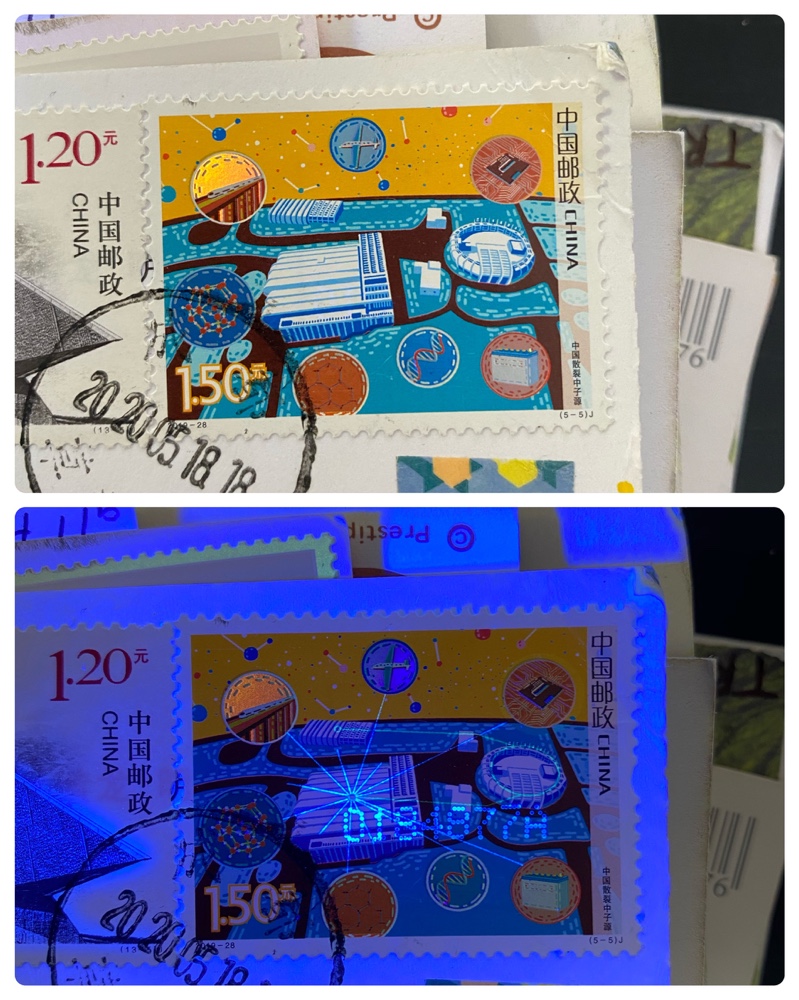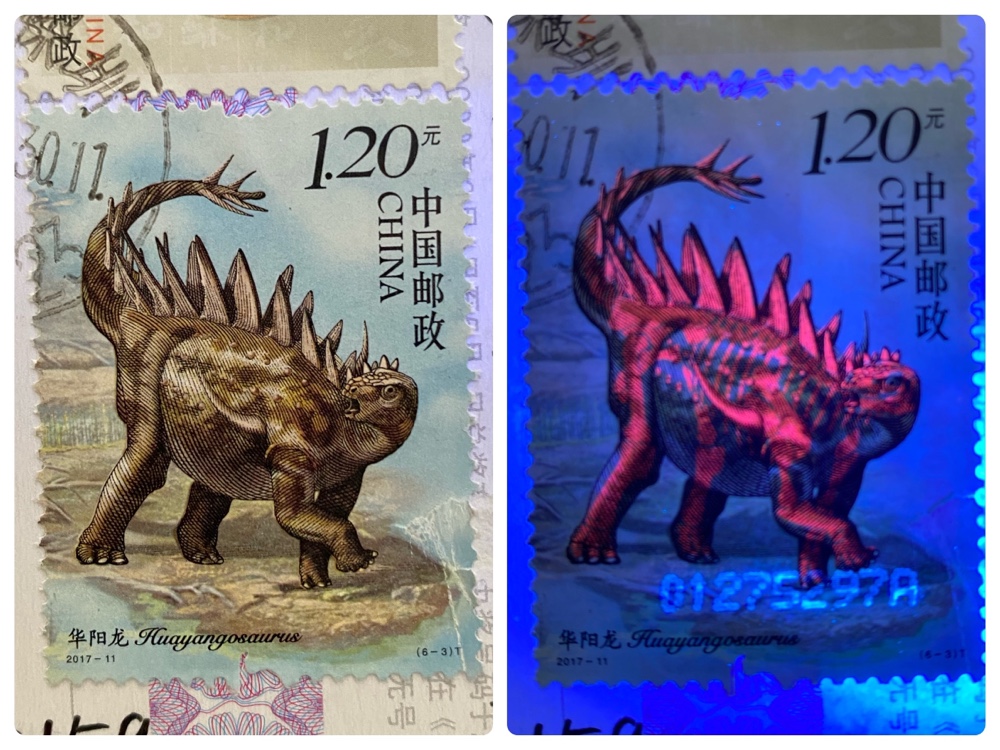I made this:

It’s one of many new mosaic kits that LEGO has released. You can assemble one of three images, and I chose Darth Maul.
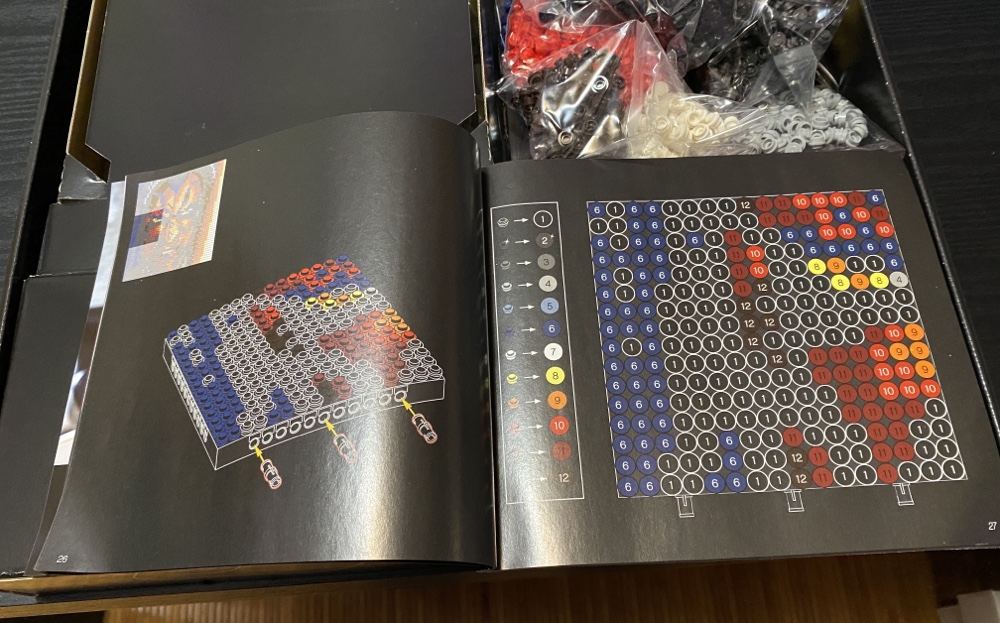
The instructions say to assemble the mosaic separately as nine tiled pieces with 256 studs apiece, but since this would require having all 12 colours going simultaneously I instead chose to do it by colour.

This way I saw it slowly come together as I worked, and I think I felt this method is much quicker than what the instructions suggest.
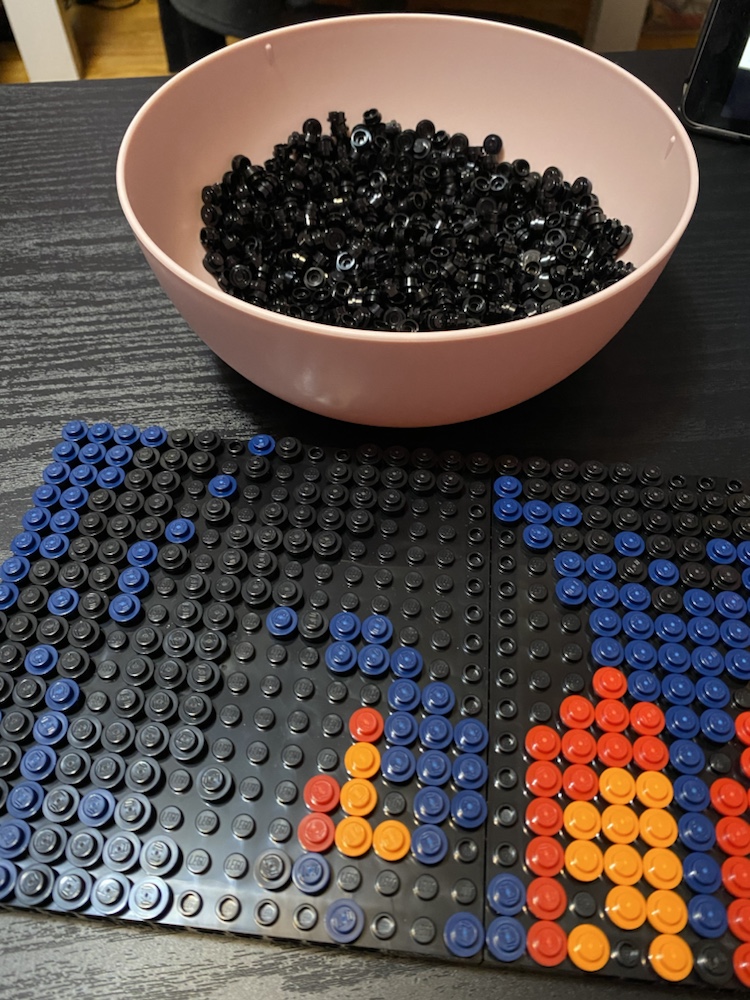
To be honest it wasn’t exactly fun, especially when I got to black. I had to place 877 of these identical black studs one at a time! My fingertips were aching when I was done!
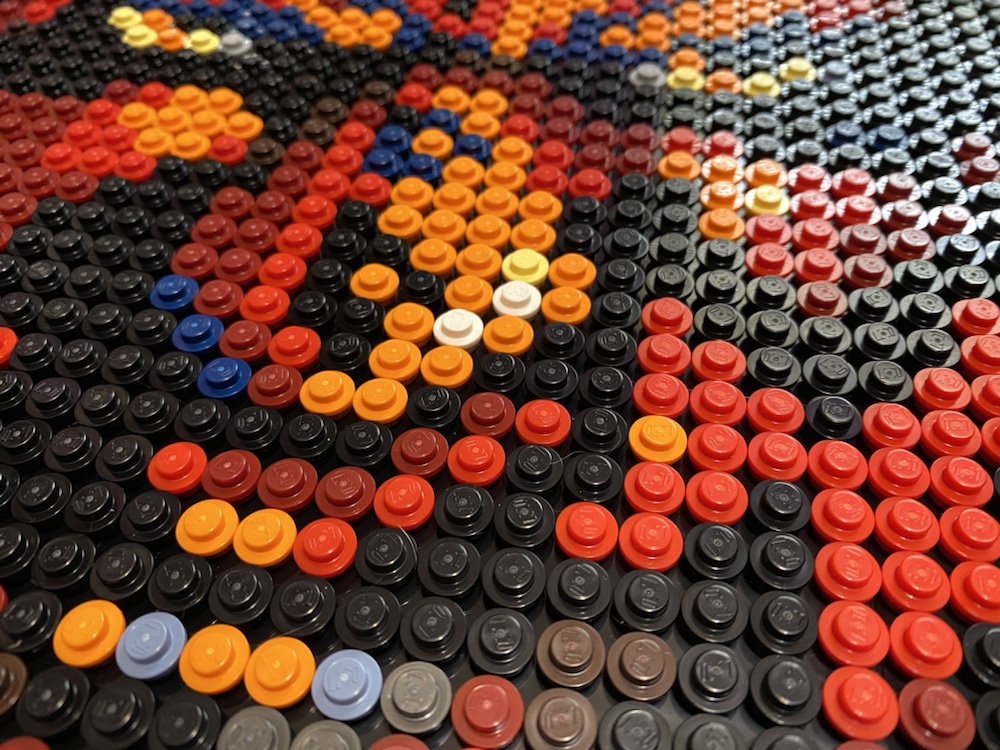
All told it took a few hours over two days. Given the tedium of assembly and the (presumed) greater tedium of dismantling it I very much doubt I’ll ever make the other two designs!

It’s bigger and heavier than I expected (but does come with brackets for wall mounting) but looks good from a distance. It would have looked better using the smaller flat pieces rather than studs, but I can see why they avoided that since it would have made disassembly extremely difficult.
Overall it’s more of a curiosity that a success. I don’t think I’ll be buying any more of these, but it does make me more interested in designing a mosaic of my own…
